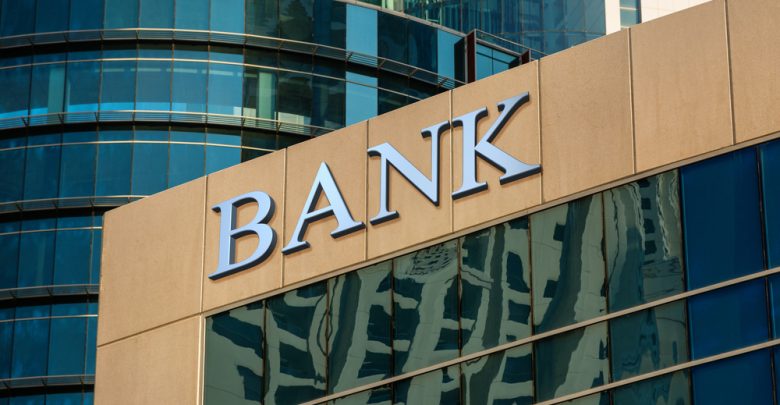Ethereum is Being Used by the Norwegian Central Bank to Create the Country’s Digital Currency
The release of the fully accessible code for the CBDC sandbox in Norway is a major step forward in the country’s ambitions to develop its own form of digital money. In a post on their company blog, Nahmii, the official CBDC partner of the Norges Bank, announced the availability of a testing sandbox hosted on GitHub.
Users will be able to interact with the test network in this sandbox by performing operations such as creating and burning tokens, exchanging tokens, and minting new tokens. Nahmii also underlined that the current code is only accessible privately to people with the appropriate credentials and that it was explicitly designed not to support the regular Ethereum wallet known as MetaMask.
In addition to the necessary smart contracts and access restrictions, the sandbox that Norges Bank has constructed comes outfitted with a bespoke frontend as well as several tools for network monitoring, such as Grafana and BlockScout. The front end, according to Nahmii, also gives a filterable overview of network transactions.
Establishing a Framework for a Central Bank Digital Currency (CBDC)
In a tweet published on Friday, the Norges Bank said that the prototype CBDC infrastructure in the nation is based on Ethereum technology. In a blog post published in May on issues related to CBDC, the bank had already addressed Ethereum.
The Norges Bank said that it anticipates the Ethereum cryptocurrency system to serve as the “fundamental infrastructure” for issuing, distributing, and destroying digital central bank money, also known as DSP. The above statement was made because Norges Bank has stated that it expects the Ethereum cryptocurrency system to operate in this capacity.
According to the bank, the prototype will be employed to evaluate many of the essential components for DSP.
The Norges Bank announced in April of the previous year (2021) that it would perform CBDC tests throughout the next two years. These tests were conducted to narrow down the potential CBDC solutions to one that was superior to the others that had been offered.
The Norges Bank reviewed different CBDC designs in a working paper published in November 2021. These CBDC architectures included those that were based on blockchain technologies such as Bitcoin SV, Ethereum, and Bitcoin. The Norges Bank also emphasized that interoperability was one of the most important considerations when evaluating these various technical solutions.
CBDC is Growing Globally
At the same time, a report by the International Monetary Fund (IMF) found that as of July 2022, 97 countries, or more than half of global central banks, were researching or developing CBDCs. According to the information provided by the IMF, just two nations, Nigeria and The Bahamas have fully initiated CBDC projects.
In September, the IMF announced that it had been working on a project that included the development of an interoperable CBDC platform. This would integrate various CBDCs from across the globe and make it possible to conduct transactions across international borders.







